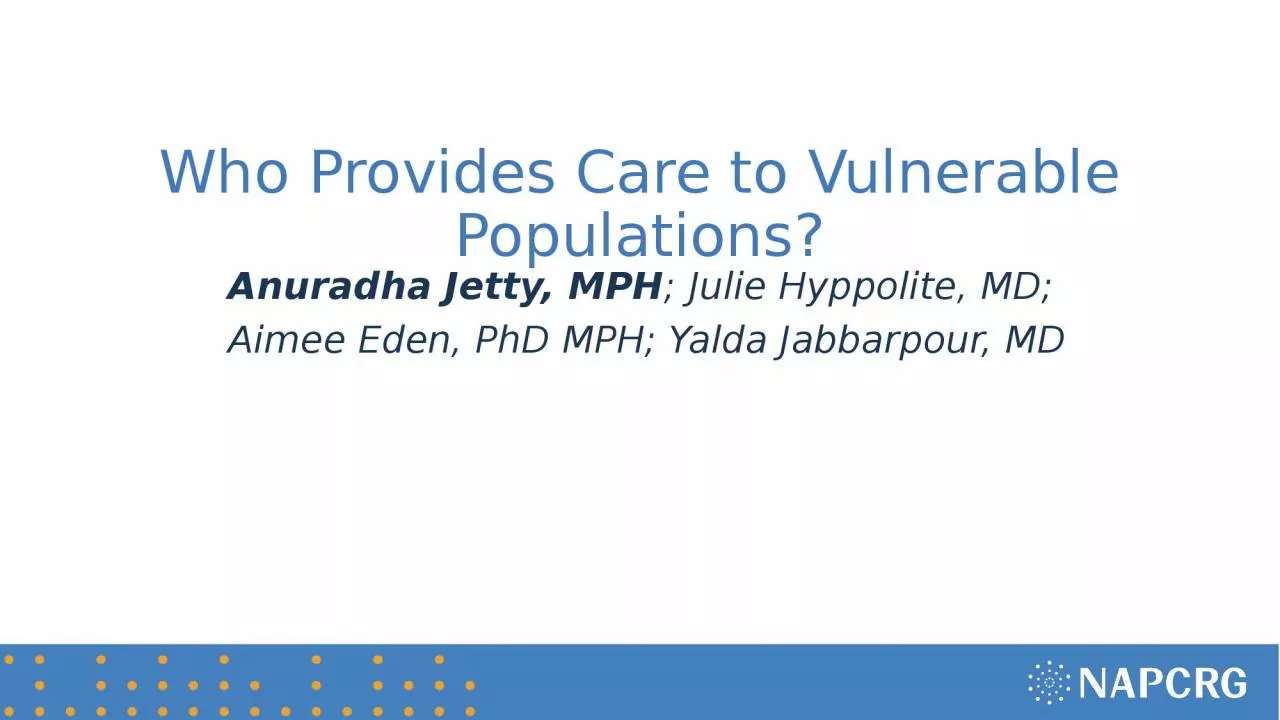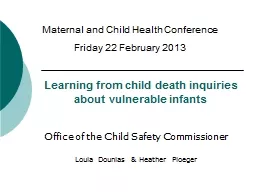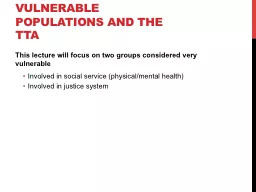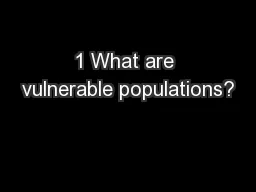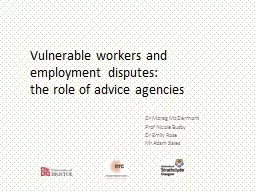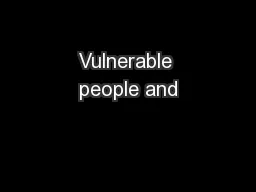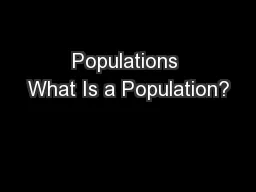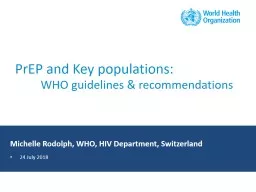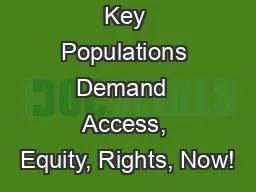PPT-Who Provides Care to Vulnerable Populations?
Author : reese | Published Date : 2024-03-13
Anuradha Jetty MPH Julie Hyppolite MD Aimee Eden PhD MPH Yalda Jabbarpour MD The Research Question Vulnerable populations face difficulties in healthcare access
Presentation Embed Code
Download Presentation
Download Presentation The PPT/PDF document "Who Provides Care to Vulnerable Populati..." is the property of its rightful owner. Permission is granted to download and print the materials on this website for personal, non-commercial use only, and to display it on your personal computer provided you do not modify the materials and that you retain all copyright notices contained in the materials. By downloading content from our website, you accept the terms of this agreement.
Who Provides Care to Vulnerable Populations?: Transcript
Download Rules Of Document
"Who Provides Care to Vulnerable Populations?"The content belongs to its owner. You may download and print it for personal use, without modification, and keep all copyright notices. By downloading, you agree to these terms.
Related Documents

